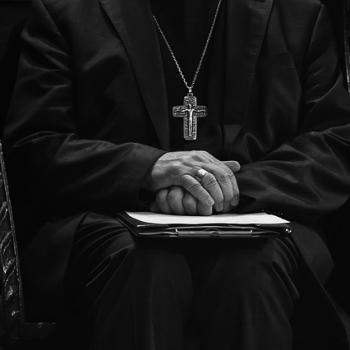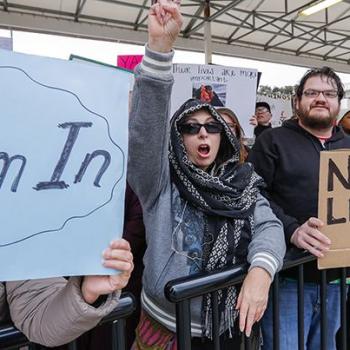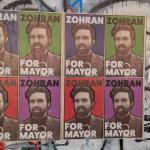The Catch-22 Law in the European Court of Human Rights
Many of us wondered – how can this be? How can they actually ban a burkini (or a headscarf or a …) and say it was for the benefit of women? (France’s Prime Minister Manual Valls said the ban was to break free of the “enslavement of women” while Cannes Mayor David Lisnard said “The burkini is the uniform of extremist Islamism, not of the Muslim religion.”) Wasn’t this against the law?
Well, France’s highest court has overturned the ban, but here is a breakdown of how the European Court of Human Rights allowed for this to happen in the first place, and the difficult place it puts French Muslims in, courtesy of lawyer Asma T. Uddin:
Mr. Valls and Mr. Lisnard perfectly summed up the two contradictory public order rationales that European courts all the way up to the European Court of Human Rights use when dealing with Muslim women in religious garb. According to Europe’s highest court of human rights, Muslim women in head scarves and burqas are simultaneously victims, in need of a government savior, and aggressors, spreading extremism merely by appearing Muslim in public.
Article 9 of the European Convention on Human Rights is the key provision, and it lays out a broad conception of “the right to freedom of thought, conscience and religion” in the 47 member states of the Council of Europe; this includes the right of a person “in public or private, to manifest his religion or belief, in worship, teaching, practice and observance.” However, a further clause allows for exceptions — limits on the manifestation of belief as “necessary in a democratic society in the interests of public safety, for the protection of public order, health or morals, or for the protection of the rights and freedoms of others.”
Unfortunately, the European Court of Human Rights has shown time and again that a challenged state can satisfy these exceptions largely in the strength of unsubstantiated stereotypes (the notion of a burkini as a type of jihadist “uniform” comes to mind). One reason member states get away with this is the court’s consistent deference to national officials and judges — tipping the balance in favor of the government and against the plaintiff.
I urge you to read the whole article slowly and carefully to understand the contradictory law behind this violating, or not violating, human rights in Europe.
Next: This isn’t the end of it.












